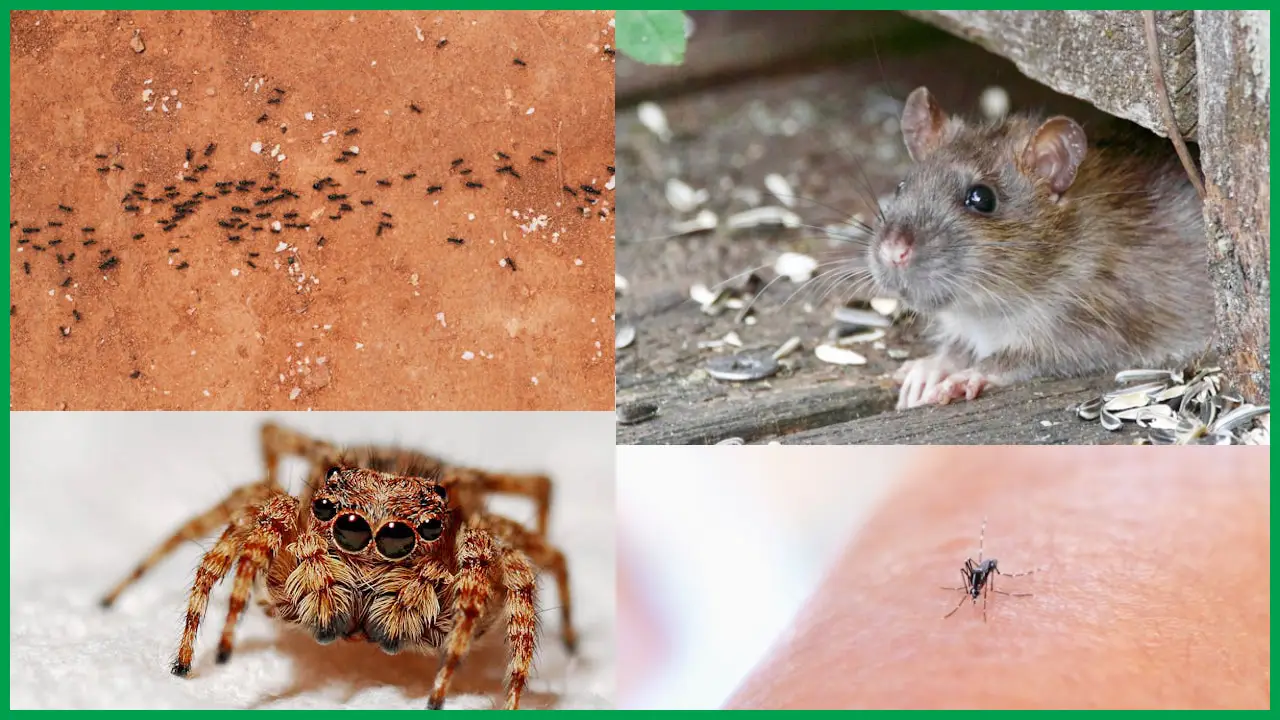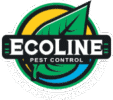Seasonal Pest Patterns in Northern Utah: What to Expect

Pest activity in Northern Utah changes with the seasons, and homeowners who understand these patterns are better prepared to prevent infestations before they start. While pests can be an issue year-round, spring and summer bring a sharp increase in insect and rodent activity as temperatures rise and moisture levels shift. These warmer months create the ideal environment for pests to feed, breed, and enter homes in search of shelter.
Knowing what to expect from seasonal pest patterns is essential to protecting your home and health. From early ant trails in the spring to an uptick in mosquitoes during the summer, each season brings its own pest behavior. Below, we outline what Utah residents are most likely to encounter and how to manage them effectively without relying on reactionary measures or temporary fixes.

Spring Awakening: When Pest Activity Begins
Spring in Northern Utah marks the beginning of the annual pest cycle. As snow melts and the soil warms, dormant pests begin to emerge in search of food and nesting areas. Spring also introduces excess moisture into the environment, which becomes a key attraction for both insects and rodents.
The most common springtime pests include:
- Ants: Warmer weather causes ants to become more active, with scout ants entering homes to search for food. Kitchens and pantries are typical entry points.
- Spiders: As their insect prey becomes more plentiful, spiders start to show up near basements, garages, and window sills.
- Mice: Rodents that took shelter indoors during winter may remain active in attics and crawl spaces as they continue to forage for food.
Pest control strategies in spring should focus on sealing potential entry points, monitoring for early signs of activity, and reducing attractants like standing water or open food sources.
Summer Spike: Peak Infestation Season
Summer is when pest activity in Northern Utah reaches its highest level. With long daylight hours, rising temperatures, and an abundance of food and moisture, pests multiply quickly. Many species become more aggressive in their foraging and nesting behaviors, especially if they’ve already established a foothold in spring.
Key summer pests include:
- Mosquitoes: Standing water from irrigation, clogged gutters, or rain barrels creates perfect breeding grounds. These pests are most active during dusk and dawn.
- Spiders: With more prey available, spiders will increase web-building efforts and may migrate indoors to find cooler, undisturbed spaces.
- Ants: Colonies are now well established and may expand their activity, appearing in bathrooms, behind baseboards, and under appliances.
Of the three, ant infestations can be particularly stubborn. This is why it’s important to spot early signs of ants in your place and catch colony activity early to help avoid large-scale treatment later.
Proactive Prevention for Spring and Summer
Homeowners who act early and consistently can avoid many of the problems associated with seasonal pest patterns. Prevention efforts work best when they combine sanitation, structural maintenance, and environmental adjustments.
Here are essential tips for spring and summer prevention:
- Seal cracks and crevices: Inspect the home’s foundation, baseboards, and utility entry points for gaps where pests might enter.
- Reduce excess moisture: Fix leaking hoses, gutters, and outdoor faucets. Mosquitoes thrive in damp areas.
- Maintain landscaping: Keep grass trimmed and bushes well pruned to reduce harborage areas for rodents and insects.
- Store food securely: Use sealed containers in pantries and clean up crumbs or spills immediately to discourage ants and mosquitoes.
- Declutter storage spaces: Spiders and mice are attracted to undisturbed storage areas with cardboard boxes or fabric.
For homeowners who want a more structured plan, the 5 layers of pest protection model provides a comprehensive way to build long-term defense through inspection, exclusion, monitoring, sanitation, and professional support.
What to Know About Fall and Winter
While spring and summer are the most active seasons, fall and winter are not entirely pest-free. Rodents such as mice often seek warmth indoors as temperatures drop. Voles may begin burrowing under snowpack, damaging lawns and plants beneath the surface. Spiders can remain active indoors where warmth and moisture are present. Regular inspections and winterproofing tasks can help reduce these risks during colder months.
When to Turn to a Professional
Even with careful preparation, pest activity can escalate beyond what household efforts can manage. Some pests, like rodents, reproduce rapidly and require targeted treatments that are not available to the general public. Timing is also critical, as the delayed response can result in more costly or invasive interventions later.
Professional pest control services offer:
- Accurate pest identification and habitat assessment
- Customized, eco-friendly treatments based on the season and species
- Preventive strategies tailored to Northern Utah’s climate and pest patterns
- Scheduled visits to ensure ongoing protection throughout the year
When prevention alone doesn’t stop seasonal invaders, having a trusted expert on your side ensures the problem is addressed quickly and safely.

Ready Before the Next Season Hits?
Staying ahead of seasonal pest patterns requires preparation, consistency, and timely action. If you’re ready to take a proactive approach to protect your home during Utah’s most active pest seasons, reach out to Ecoline Pest Control for expert solutions built around your needs.


